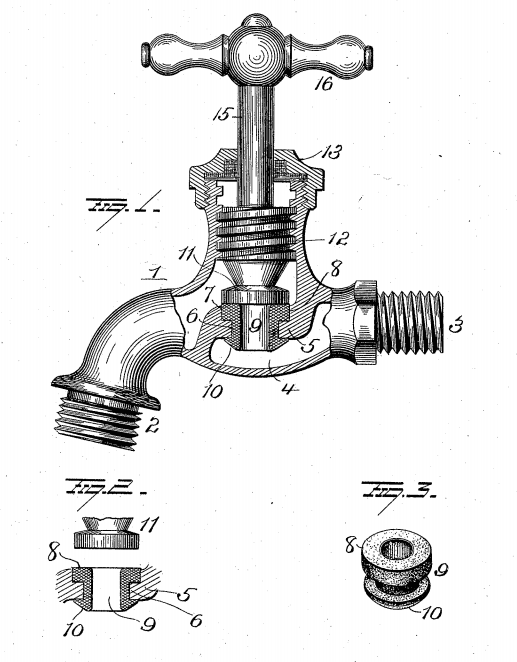A suction regulator is a medical device that converts the high-pressure vacuum supplied by the Hospitals central vacuum system to a safe level for use on a patient. A hospital vacuum is too strong to be used in direct contact with human tissue in most instances. A suction or vacuum regulator reduces high vacuum pressure to an appropriate and safe pressure through a pressure limiting mechanism.
The pressure limiting mechanism typically employs a spring and atmospheric reference to limit suction pressure and should not be confused with a simple valve such as a sink faucet. Adjust the pressure limiting mechanism to provide the desired level of suction pressure. These mechanisms are adjustable by varying the tension in the spring and utilizing the atmospheric reference to limit suction to the desired level.
Suction regulators also employ clinical safety mechanisms that are unique to the clinical application. In addition to the pressure limiting mechanism, suction regulators use an indicating gauge to permit the user to verify the suction pressure applied to the patient. Some applications require more unique safety mechanisms. For example, when performing nasogastric drainage, an intermitting action where suction is alternately applied and then vented serves to protect the stomach mucosal lining and promote more effective fluid removal.
A suction regulator is an essential piece of equipment in virtually every area of the Hospital where there are patients. These devices perform critically and sometimes life-saving procedures on a routine basis. They must be reliable and easy to use in emergencies, such as clearing a patient’s airway with aspirated foreign materials.
Looking for more information on solutions for medical suction? Be sure to check out Boehringer Suctions Regulators.
Image Source: https://patentimages.storage.googleapis.com/5d/c6/45/1f8d053e48196a/US806331.pdf
Back to Blog


